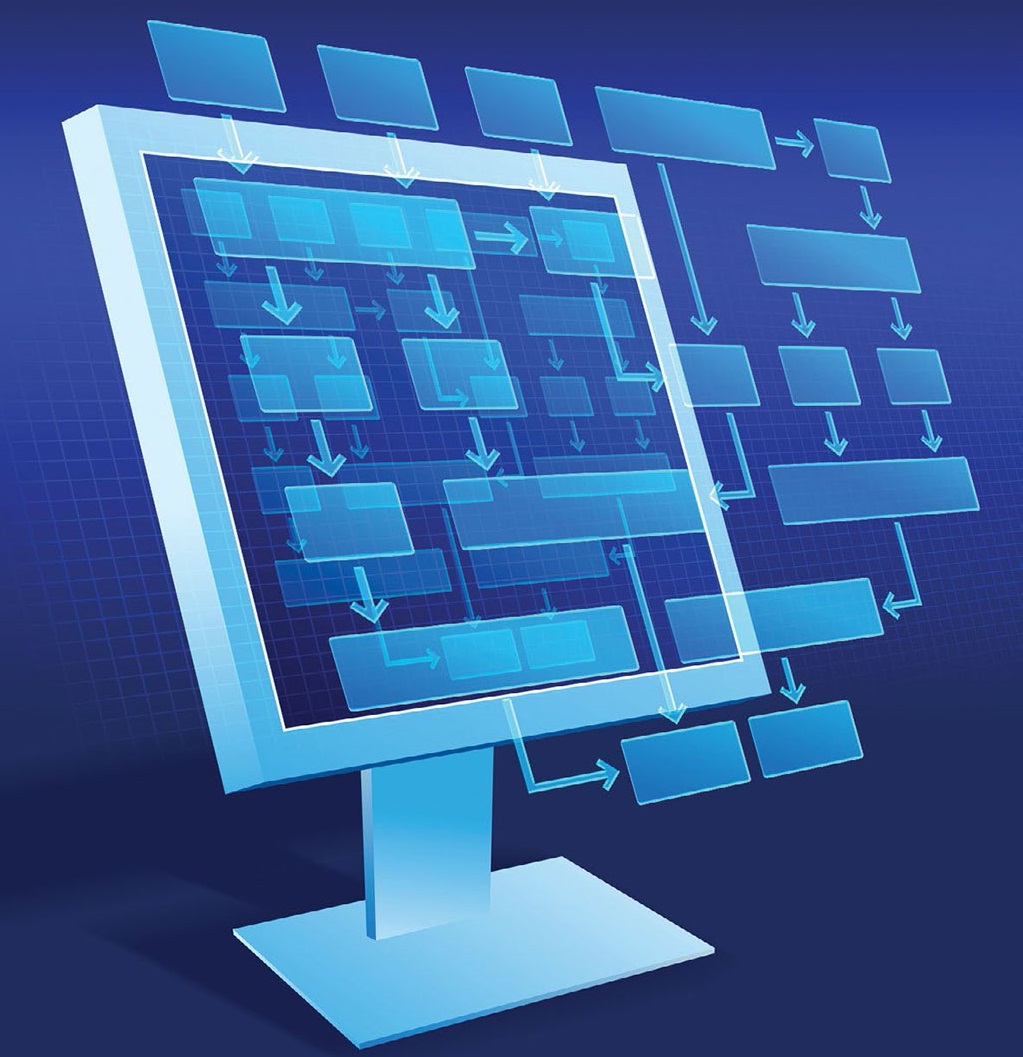Workflow Should Be Getting Easier, Not Harder
Remember when we were told we would stop using paper because of computers? When we’d all have flying cars? And how technology in broadcast and media was supposed to make things easier? It seems like none of these promises of the future—made in the past—have come true. Why?

I won’t dive into paper usage or flying cars (I’ll settle today for a good electric car), but media management really should be easier. So why isn’t it?
Is it that we now deal with an ever-increasing amount of media? Is it that today’s media includes a ton of metadata or not enough? Is it that we now have so many formats? The answer is a resounding “yes” to all of these questions… and others.
IT’S A MESS
The majority of today’s “modern” media environments are often inefficient and disorganized, costing you time, money and peace of mind. Assets aren’t properly organized and tracked, probably taking up space on expensive near-line storage (or even sitting in a file room somewhere) and causing delays in production.
Is your facility one where archives are spread across tape and cloud, and locating the files you need is time consuming and cost prohibitive, especially with cloud egress fees when you move the wrong file? At times, do you have so many assets coming in that you can often miss the details your teams need in order to create better content? Are workflows spread across systems that can’t communicate?
That’s not the way it’s supposed to be.
So, what should your media world look like? That’s a question worth answering.
There’s a saying when it comes to media—I don’t know who said it first, but they were right: “Your media is useless if you can’t find what you’re looking for.” And you’ve got more and more media every day.
MAM—media asset management—is supposed to make all your painful media issues disappear. But that hasn’t been the case. So, let’s design a MAM system that deals with all the pain points of handling media today, tomorrow and into the future.
POINTS TO PONDER
Here are some guidelines. You can think of it as a shopping list, or a comparison to what you have today or even a wish list.
Let’s start with the media itself. You need to be able to handle multiple resolutions (from proxy to 4K and potentially higher), as well as a multitude of file wrappers. Whether you convert to an in-house file format is a choice each facility will need to make on their own, the pros and cons are too exhaustive for this article. But what do you do with all that media? Where should it live?
While you might think that the answer depends on if your organization is in one or multiple locations, that’s really not the case. If assets are potential revenue drivers, the safest place is in the cloud, where backups exist. In that way, you can take advantage of cloud-based workflows to better unify and provide the flexibility to work from anywhere, and several other advancements that the MAM can take advantage of, like having a single place to search for everything.
Metadata should be easy to create, from simple names, dates, locations and topics all the way up to entire transcripts, where AI can play a massive role. And that leads us directly into storage that is searchable, efficient and flexible; with a variety of ways to search. If you’re looking for that one piece of footage among thousands (or millions), you need to be able to find it fast. And not everyone is great at coming up with search terms (how many times have you had to reword a Google search to find what you were looking for?). That’s a place for more AI.
Here’s an example: Let’s say that you needed to find every instance of when every senator said a specific phrase, going back to 2016. That would be an insane search, were it not for the transcript included with the metadata. Too many results; limit by party affiliation or timeframe. Not enough; expand the timeframe.
Have the ability to not only archive media—(which is only half of the equation)—but to be able to restore that media intelligently.
Make sure your MAM plays nice with your other systems and workflows. You want a clean process, not roadblocks. It may be hard to believe, but some operations still rely on sneakernet.
Have the right creative tools that seamlessly interface with your MAM so that producers, directors and editors don’t have to think about the process, they only have to think about being creative.
I’ve mentioned AI above, and it deserves an explanation. Today, while AI may seem like something we’re still waiting for (unless you’re Google or Amazon), it’s perfectly suited to work in a MAM. AI is simply any technique that enables a computer to do a rules-based task just as a human would. Add some AI machine learning and AI gets better at doing that task. Add deep learning to machine learning and speech and image recognition becomes commonplace for AI algorithms.
That’s where a MAM should be today. To paraphrase from an old 1970’s TV show: MAM should be better than it was before. Better. Stronger. Faster. But it shouldn’t cost six million dollars.
Namdev Lisman is executive vice president of Primestream.
Get the TV Tech Newsletter
The professional video industry's #1 source for news, trends and product and tech information. Sign up below.
